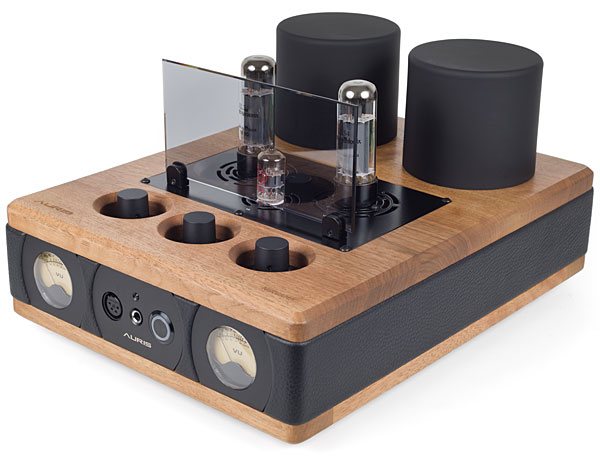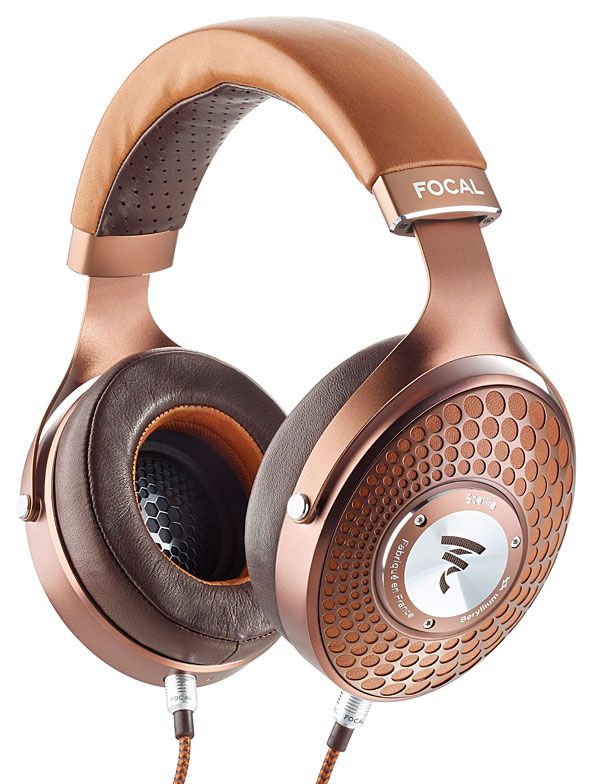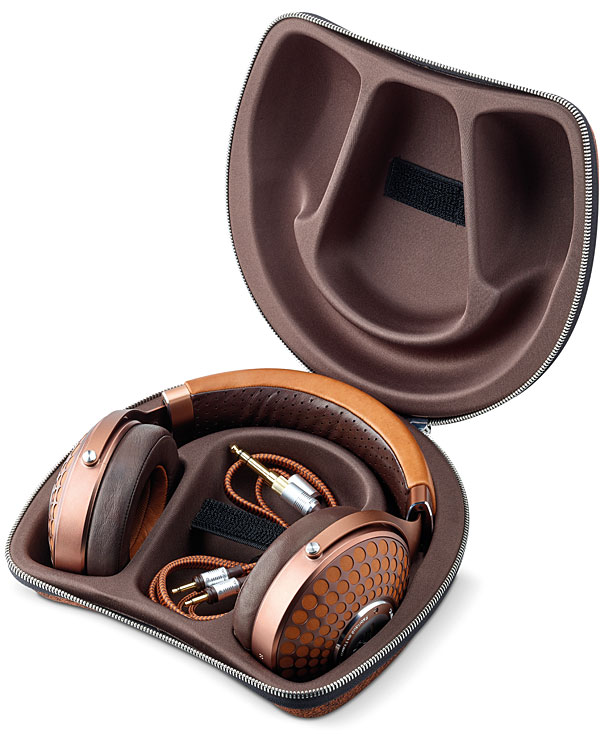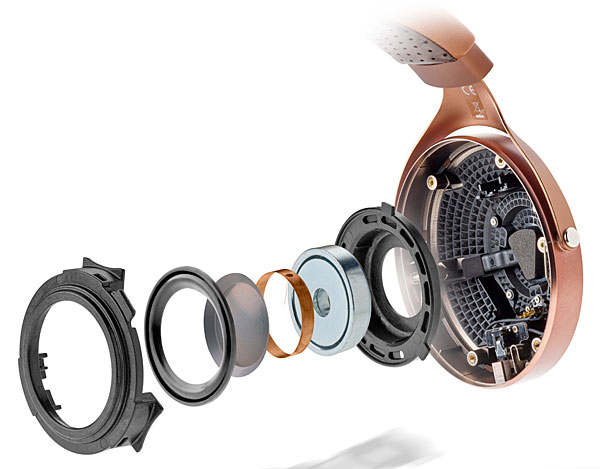| Columns Retired Columns & Blogs |
However nice that Everest LP sounds, it's likely a poor representation of de Pachmann's playing. For example, Impromptu #1 from the piano roll is a rhythmic mess: https://archive.org/details/ChopinWorksForPiano/ImpromptuInAFlatOp.29No.1.mp3#
Compare it to de Pachmann's 1915 acoustic version: https://www.youtube.com/watch?v=KGfvqchcYys
I had an Everest LP of Josef Hoffman's piano roll versions of the Chopin Scherzos. They were rhythmically a mess, and they sounded nothing like his studio or live performances.












































